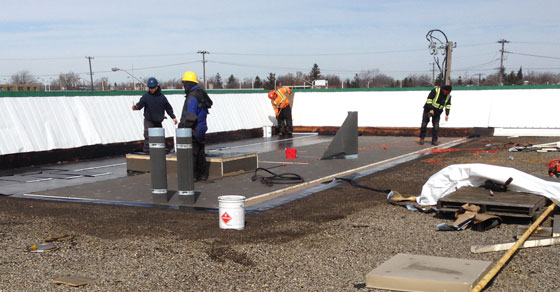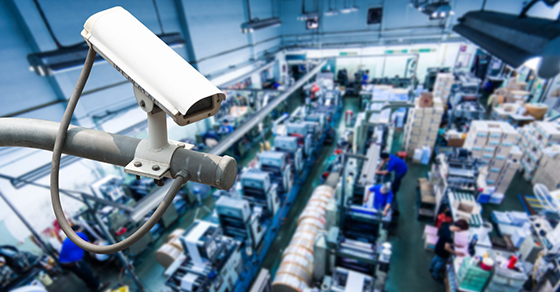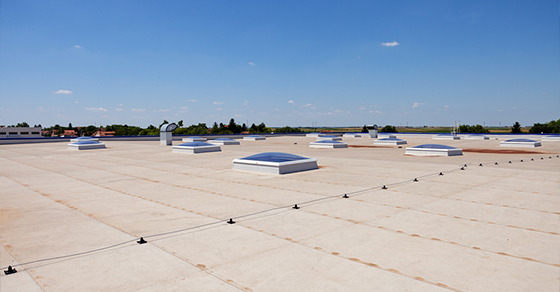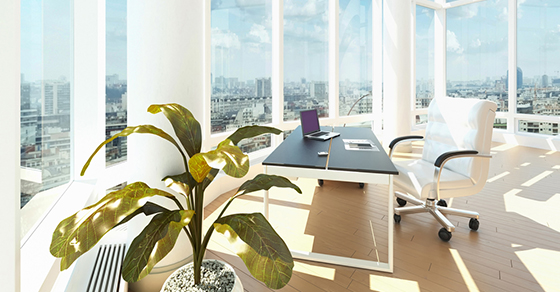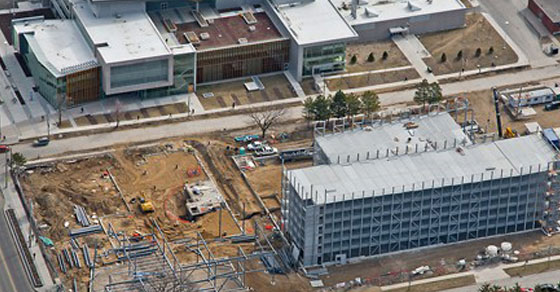When your business’s roof requires repair, you require the assistance of a trusted specialist; a company that can offer advice and services that will save you money on potential roofing maintenance over the long-term. But if you don’t have experience within the commercial roofing marketplace, it’s unlikely you’ll know what to look for when selecting a roofing specialist.

To better help you make the right choice, our team has outlined four tips for choosing the right roofing company for your property!
- Don’t Select on Cost Alone
- Consider the Choices the Company Offers
- Choose a Company that is both Licensed and Insured
- Choose a Company that Offers Comprehensive Warranties
It’s important to consider a range of factors when reviewing a roofing company’s services. Many business owners have been swayed by that low bid from a contractor, only to find out the company’s services are as low quality as their pricing. It’s important to compare the cost of the company’s services with the value you’ll receive by speaking with previous customers of the company or reading online reviews of their past work and analyzing their service experience.
When working with a commercial roofing contractor, it’s important they provide a broad array of service options to suit the needs of your property. Look for a roofing company that will offer you and your company the choice of roofing system colours and repair services.
This will then ensure their team members can handle any challenge they face within the work, and will also allow you to customize the roofing maintenance process as the project moves forward.
Before moving forward in working with a roofing contractor, it’s imperative that you find out whether or not the company is licensed and insured. The company’s team should also have the requisite insurance protection and training for commercial roofing work.
Ask to speak with the company owner about their insurance coverage levels. The last problem you want to encounter is trying to respond to a liability issue if one of their team members is injured on your property.
A roofing system should be a long-term investment in your business, so it’s imperative the company you choose offers comprehensive warranties that covers many decades of quality roofing performance. Speak to the company about their warranty options to find out what type of coverage they offer. This could be the deciding factor in whether you decide to employ the company’s services.
By finding a trusted commercial roofing contractor, you can protect the structural performance of your commercial space for many years. To learn more, contact our expert team directly.
